What to Expect When Vectoring Photographs
Often times we receive photographs from customers to convert to vector art. They come to us in a wide range of subject matter. Some are pictures of logos on garments, some are pieces of equipment, types of transportation, buildings, landscapes, products, animals and even people. Some will turn out terrific and some will have issues. The reason some images will be exceptional and some will be passable all comes down to how vector art works.
Here are the basics
Photos, or as the industry calls them raster images, like jpgs, pngs, tifs, and bmps, are all created at a specific print size with a specific resolution, often referred to as DPI – dots per inch. These raster images are made up of points of light, or pixels, that have assigned varying brightness. These little varying shaded pixels, are what makes raster images smooth and photo realistic.
 Img 1 – Original size Photograph
Img 1 – Original size Photograph
If you try and increase the size of your image, the raster information stays the same, it is just stretched over a larger space. This is why you get that bothersome fuzziness effect known as pixelation(Img 2).
 Img 2 – Zooming in, or enlarging the image, you can see some pixilation starting to form
Img 2 – Zooming in, or enlarging the image, you can see some pixilation starting to form
Image DPI is not something that can be increased from a photo, the only options for obtaining a higher quality photograph are to either retake the shot or contact the original photographer for a better copy.
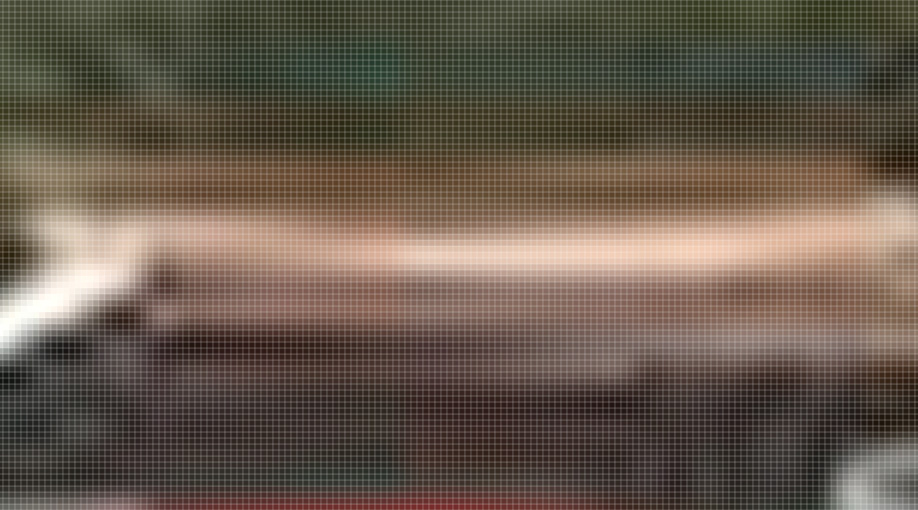 Img 3 – Zooming in all the way, to the maximum capabilities of your software, you can start to see the individual squares that form the shape and color in this photograph. Each square is what is known as a pixel and their density is what creates the resolution of your photograph.
Img 3 – Zooming in all the way, to the maximum capabilities of your software, you can start to see the individual squares that form the shape and color in this photograph. Each square is what is known as a pixel and their density is what creates the resolution of your photograph.
Vector images on the other hand are not made of pixels. Think of vector images as math you can see. This is what gives a true vector image the power to be scaled as large or as small as you could want to make it without losing clarity or getting that “stair step” effect. These images are created out of shapes(img 4) with assigned colors. That makes them super for logo work, or man made objects. Things that are actually made with shapes. This is what makes vehicles and equipment stellar items to convert(img 5).
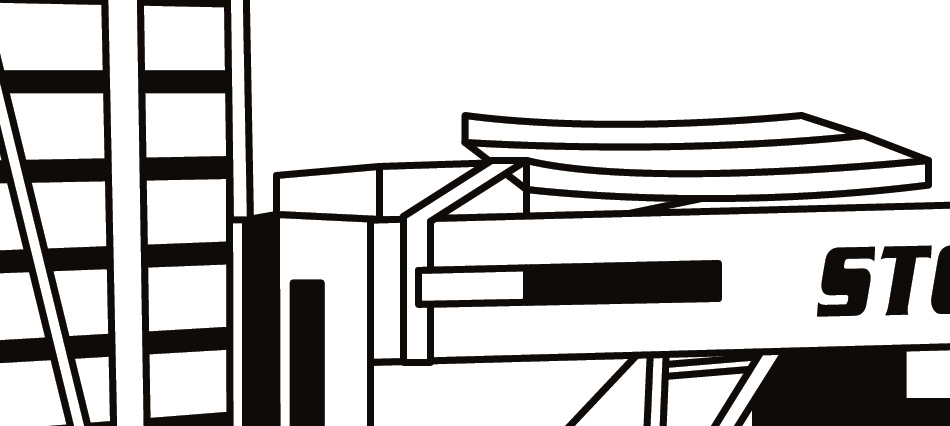 Img 4 – Close up of the shapes created to build the image
Img 4 – Close up of the shapes created to build the image
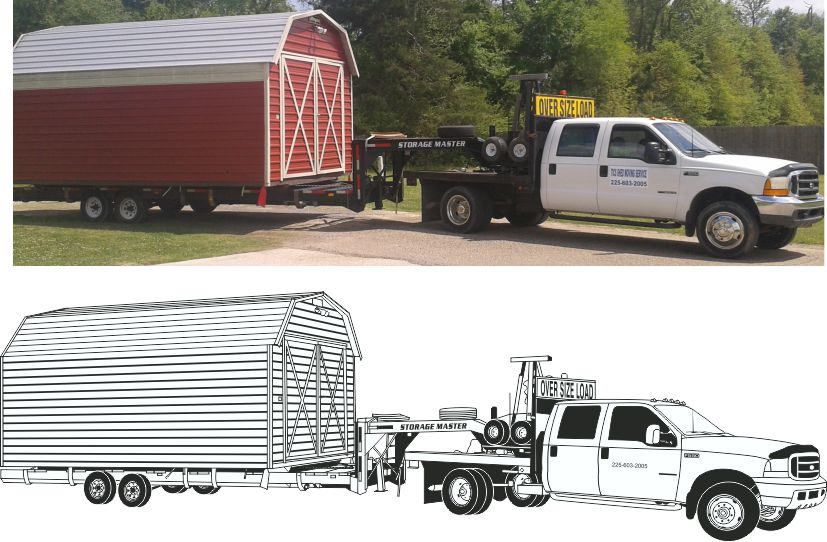 Img 5 – As you can see, all the essential information from the vehicle is retained and will scale perfectly for any application. Coloring this for specific needs is also easy to do when dealing with well defined shapes.
Img 5 – As you can see, all the essential information from the vehicle is retained and will scale perfectly for any application. Coloring this for specific needs is also easy to do when dealing with well defined shapes.
Here are a few more examples of vector working out for objects with well defined shapes
Tools
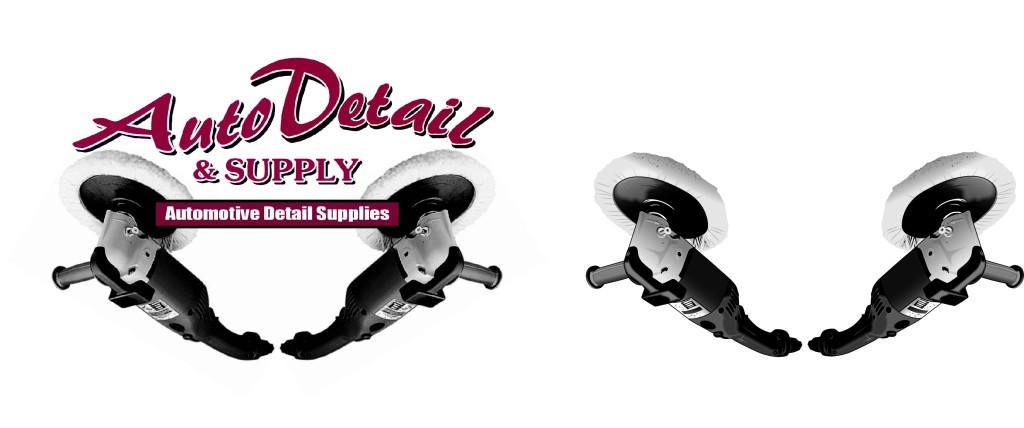 Img 6 – Power tools, cameras and other equipment are always great subject matter for vector art.
Img 6 – Power tools, cameras and other equipment are always great subject matter for vector art.
Vehicles
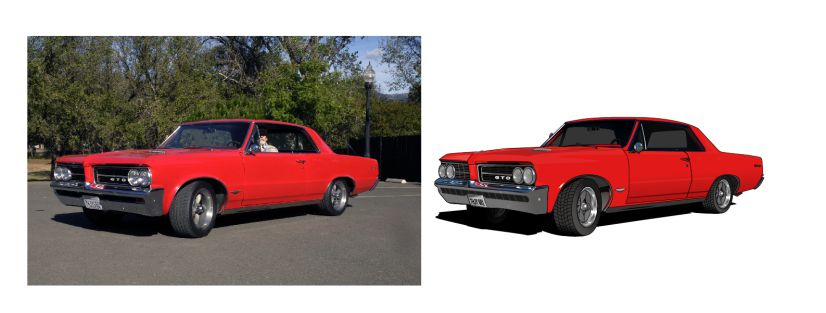 Img 7 – Vehicles, boats, trains also make for good subject matter because of their well defined shapes.
Img 7 – Vehicles, boats, trains also make for good subject matter because of their well defined shapes.
Buildings
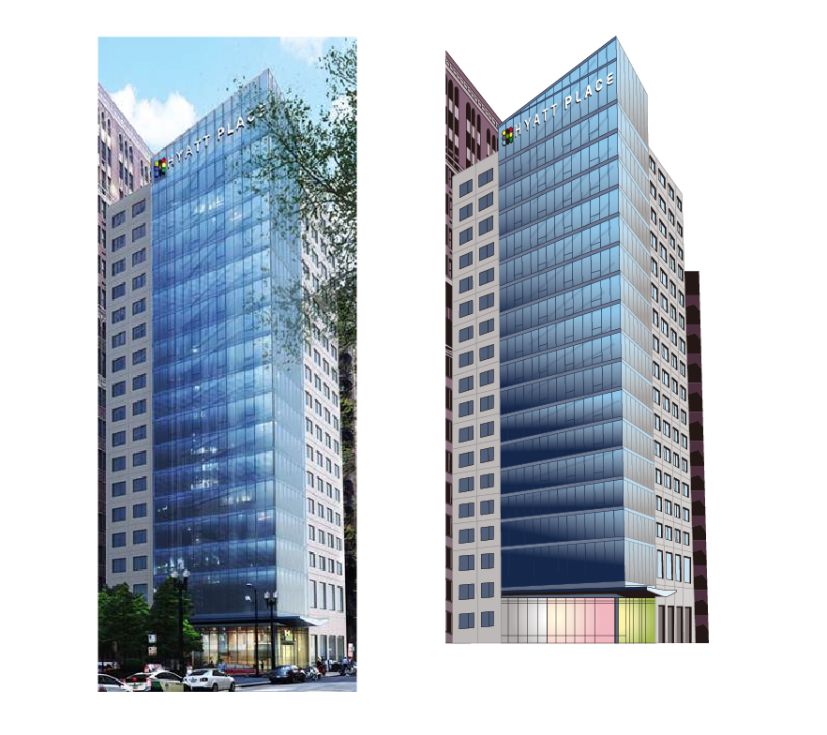 Img 8 – Buildings to a lesser extent can also be redrawn, with some of the see through window effects and reflections simplified on a case by case basis.
Img 8 – Buildings to a lesser extent can also be redrawn, with some of the see through window effects and reflections simplified on a case by case basis.
What makes a vector file great for objects, is the same thing that limits it when trying to capture life. A vector file can never maintain the same curve of a baby’s smile, or the fur of a dog. The same shading that is needed to make a face recognizable with its subtle shading and lighted effects can never be duplicated properly in a vector image. When it comes to live subject matter think of how would the photo look in a paint by numbers book. It is a very similar concept to how vectors work; shapes assigned a color.
Landscapes
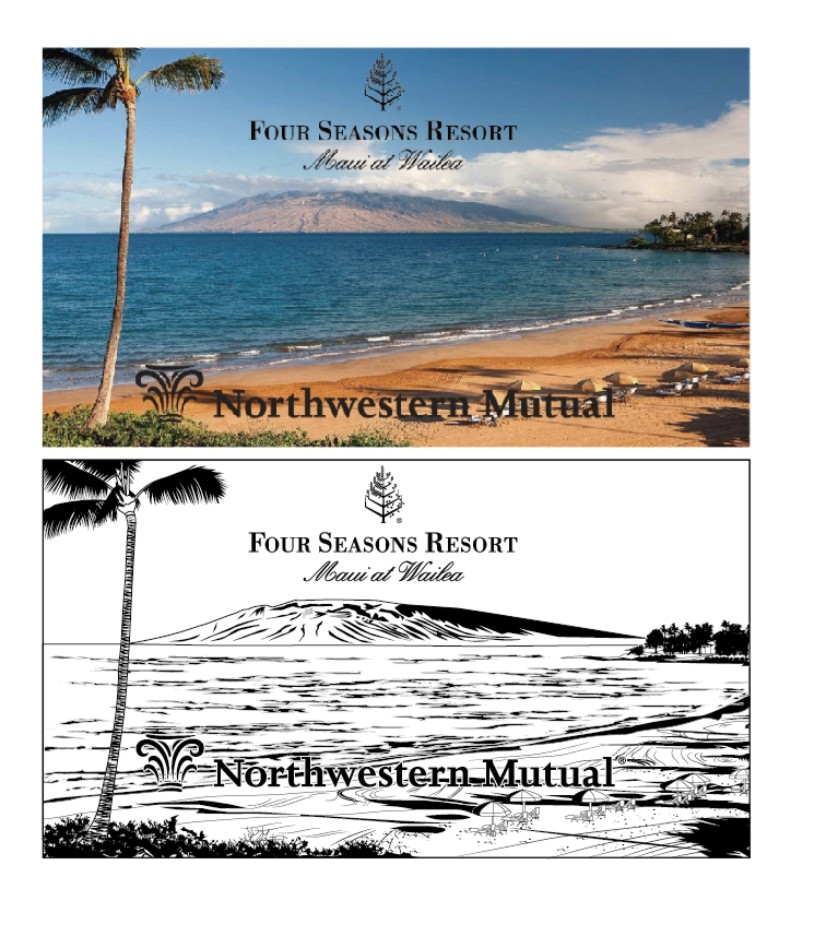 Img 9 – Landscape example in line vector drawing. As you can see, only the most prominent features in all the elements will get captured. If we attempt to draw every little detail, the image becomes very cluttered and any sense of depth will get lost. In some cases the image is just not high enough resolution to capture the subtle details.
Img 9 – Landscape example in line vector drawing. As you can see, only the most prominent features in all the elements will get captured. If we attempt to draw every little detail, the image becomes very cluttered and any sense of depth will get lost. In some cases the image is just not high enough resolution to capture the subtle details.
People
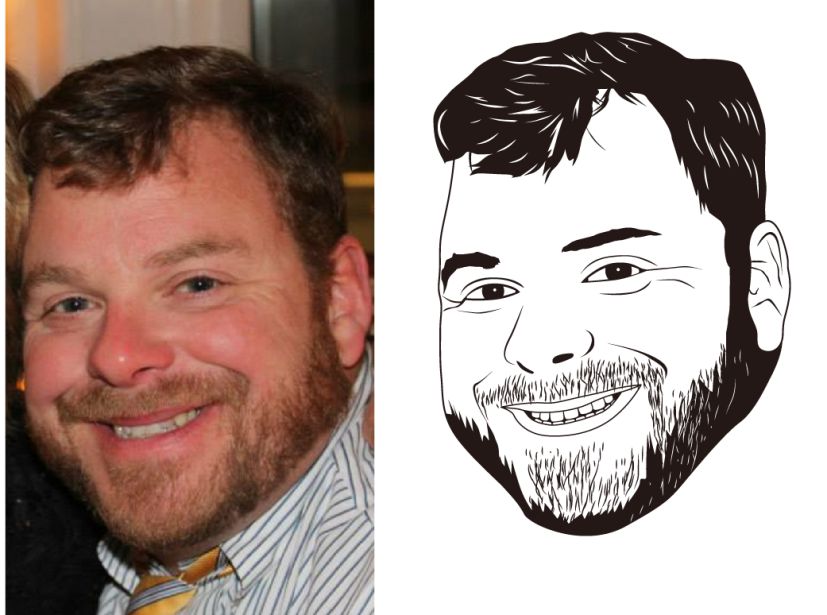 Img 10 – The same example can be seen when trying to vector a person. The main details get captured but the image becomes a flat cartoon like design.
Img 10 – The same example can be seen when trying to vector a person. The main details get captured but the image becomes a flat cartoon like design.
In vectors it is true that we can assign gradient filled areas to try and simulate shape and form better but it will never be as detailed at the original photo.
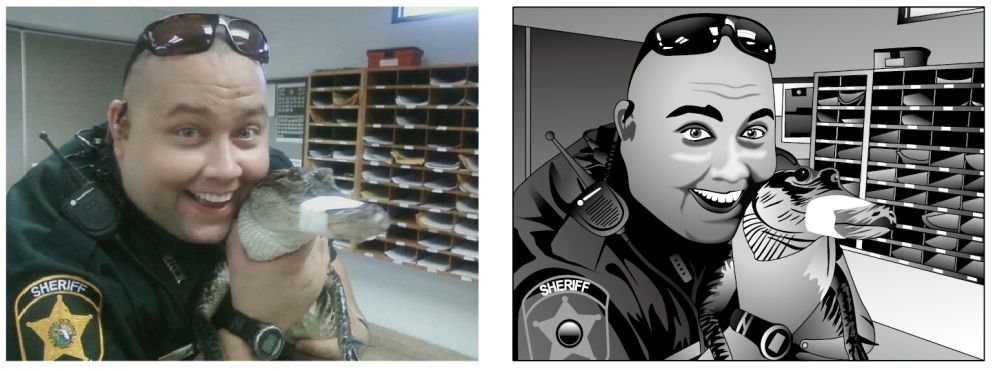 Img 11 – Here we have a vector redraw with gradient fills assigned to give the image more depth, the image still keeps a cartoon look, as all subtle details will not be recreated properly.
Img 11 – Here we have a vector redraw with gradient fills assigned to give the image more depth, the image still keeps a cartoon look, as all subtle details will not be recreated properly.
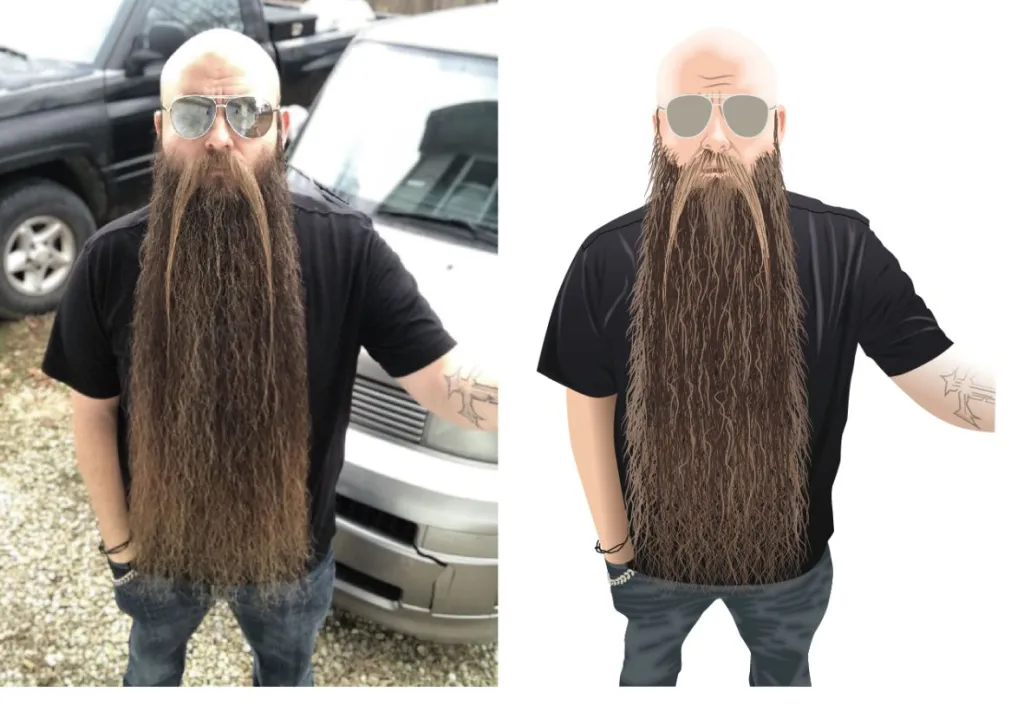 Img 12 – Similar to buildings, any reflections for glasses will not be captured in vector form. Facial features will always be simplified, while more well-defined objects like hair can still be very detailed.
Img 12 – Similar to buildings, any reflections for glasses will not be captured in vector form. Facial features will always be simplified, while more well-defined objects like hair can still be very detailed.
In conclusion, the recommended subject matter in photographs that can be converted to vector, will always have well-defined lines and colors: cars, boats, equipment, tools, buildings. Anything organic, like people, pets, trees, birds, fish, will always have a limitation as to how close to the original they can be recreated.
For the best end result please provide the clearest photo or scan possible so we can redraw as much detail as possible.
Have any questions? Contact us:
service@ignitiondrawing.com 253-284-0733 ignitiondrawing.com